
Toëno
Trébeurden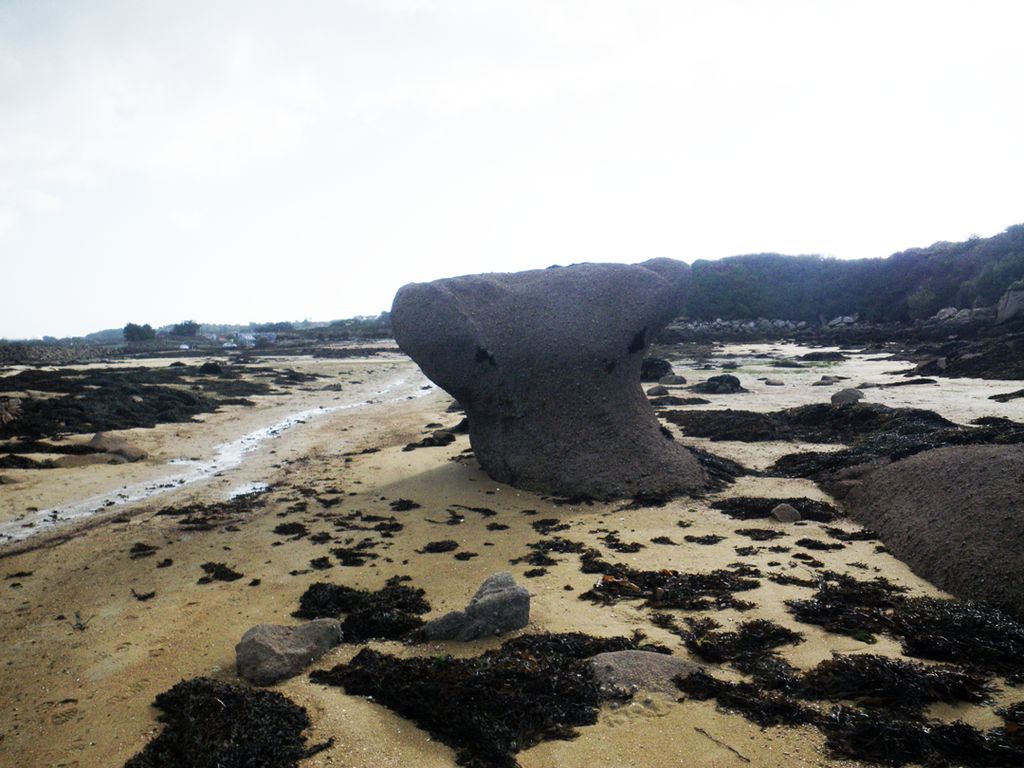
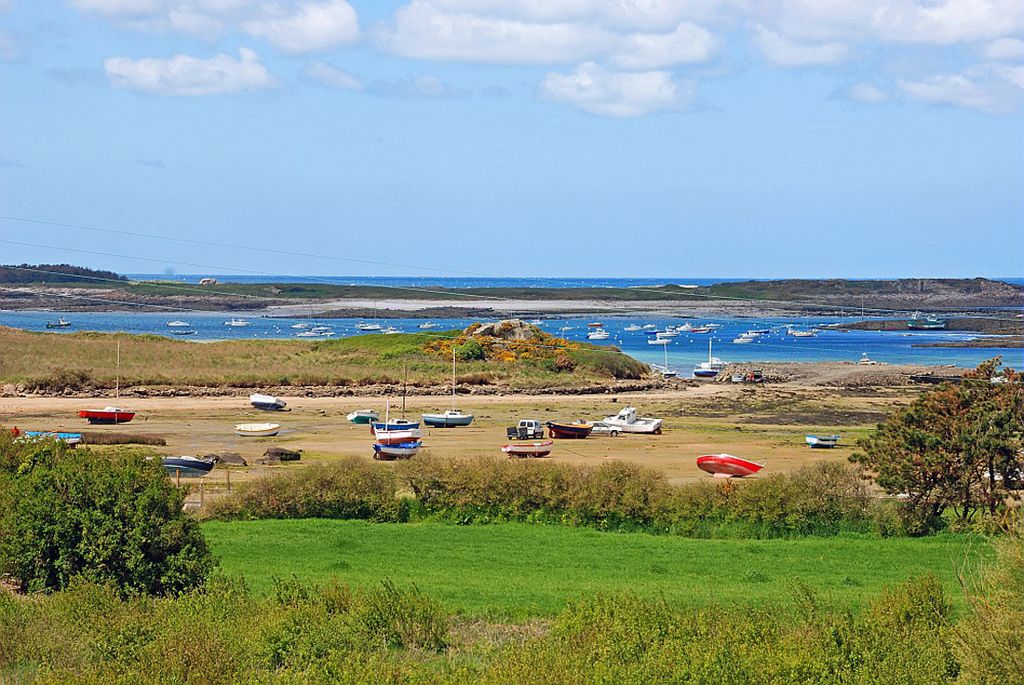
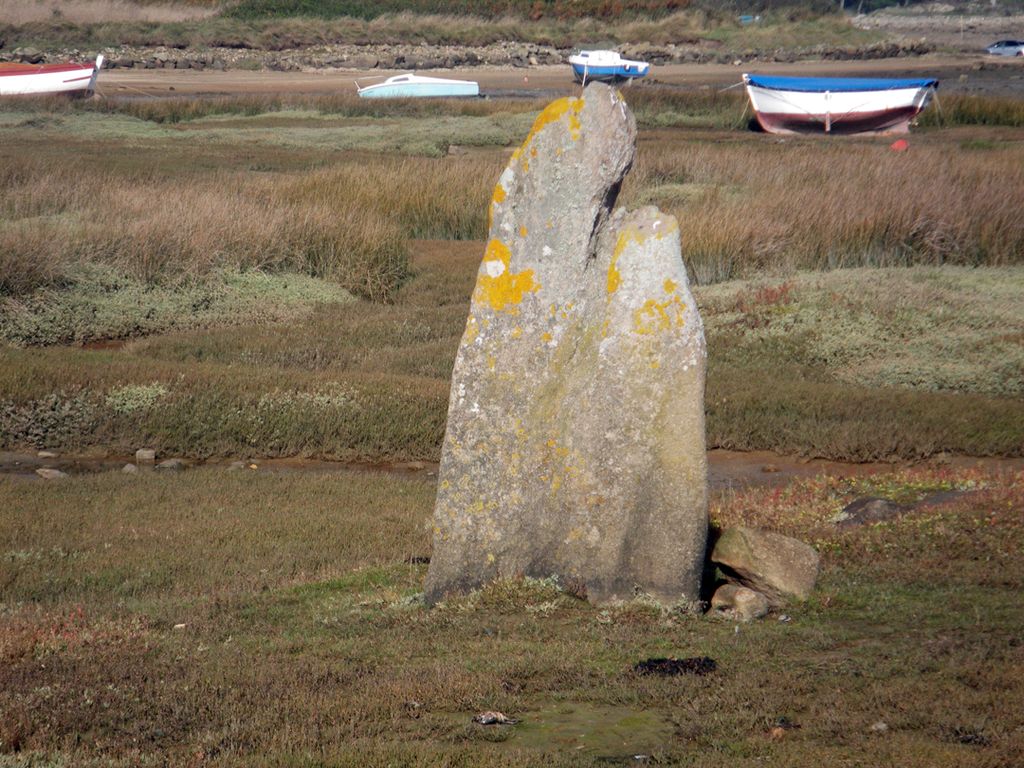
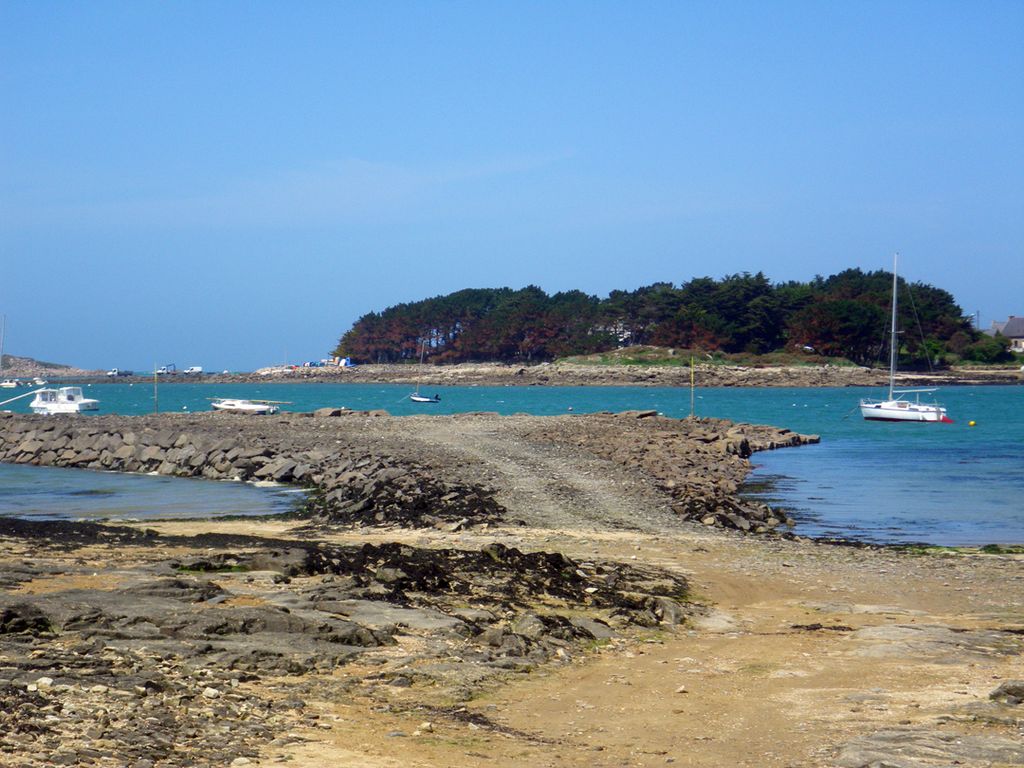
About
The Toëno area, which shows evidence of the granite extraction work of the nineteenth and twentieth centuries, is also a marshland of outstanding ecological value. If you visit at low tide, you will probably see people gathering shellfish on the foreshore. When the area was being mined, the quarrymen would extract bluish-grey granite from the large mound and transport it to the ports on the Channel by barge.
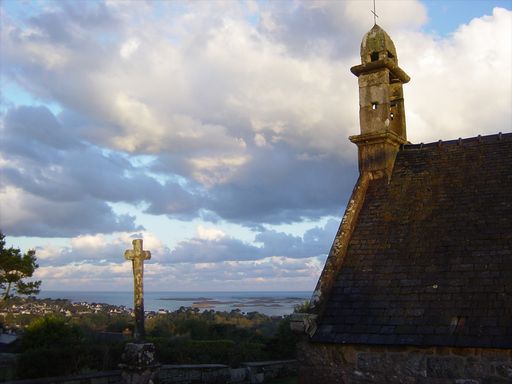

Chapel of Christ
Trébeurden
Classified as a historic monument and occupying a key position, the Chapel of Christ is not to be missed. Located on a small hill, 76 metres in altitude, it offers an outstanding panoramic view over...  See
See
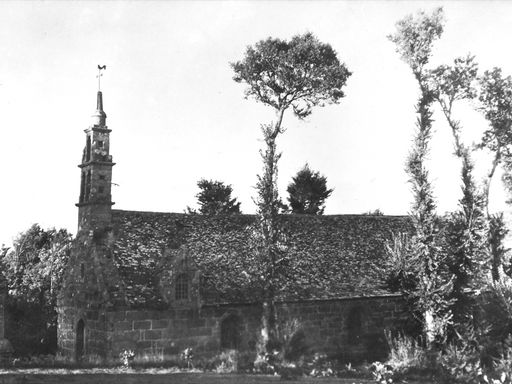

Penvern Chapel
Trébeurden
Located in Penvern, the Notre-Dame de Cîteaux Chapel, among the oldest in the area, is worth the detour for the magnificent altarpiece which it houses. Its paintings and sculptures are a superb...  See
See
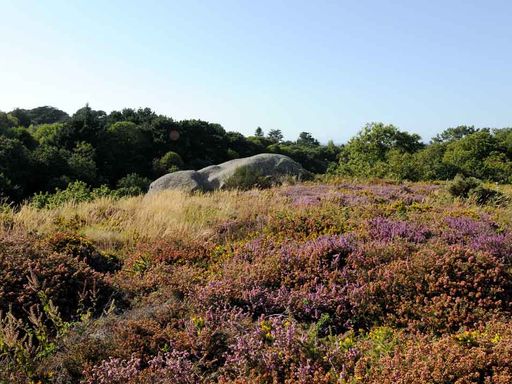

Granite quarries
Perros-Guirec
The pink stones of La Clarté have been used since the start of the twentieth century and are characterised by their excellent quality. On your visit to this quarry, find out about the means used to...  See
See
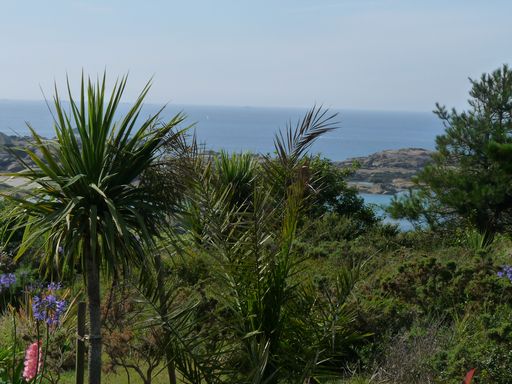

The Viewpoint
Trégastel
If you climb to the viewpoint, you can enjoy a magnificent panoramic view of the coast and the surrounding area. On the hill, you will also notice an old viewpoint indicator in very good condition....  See
See



